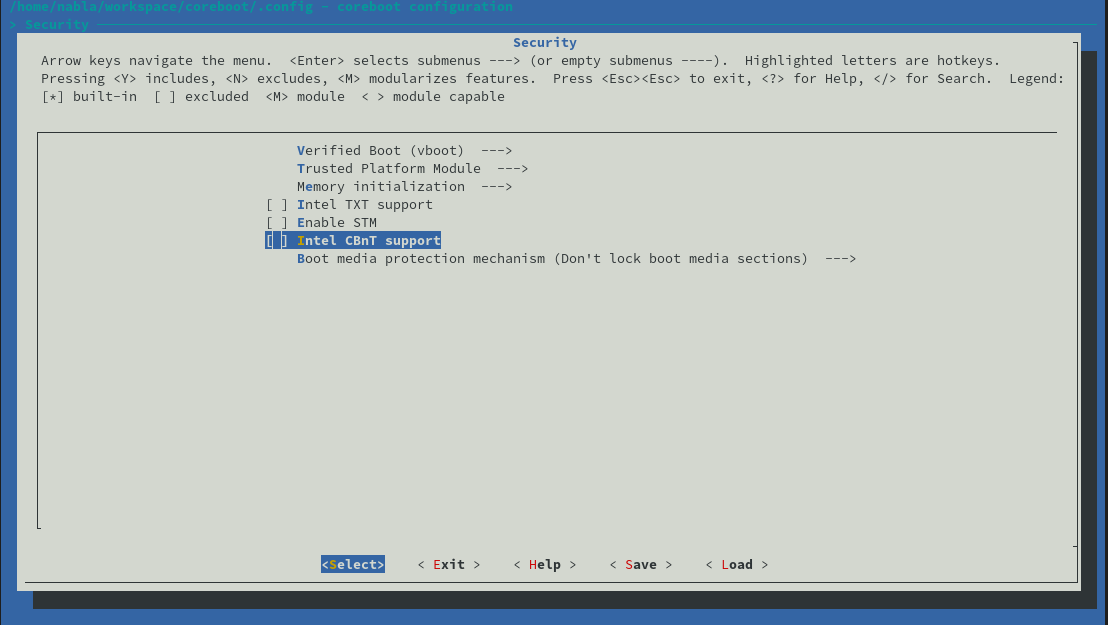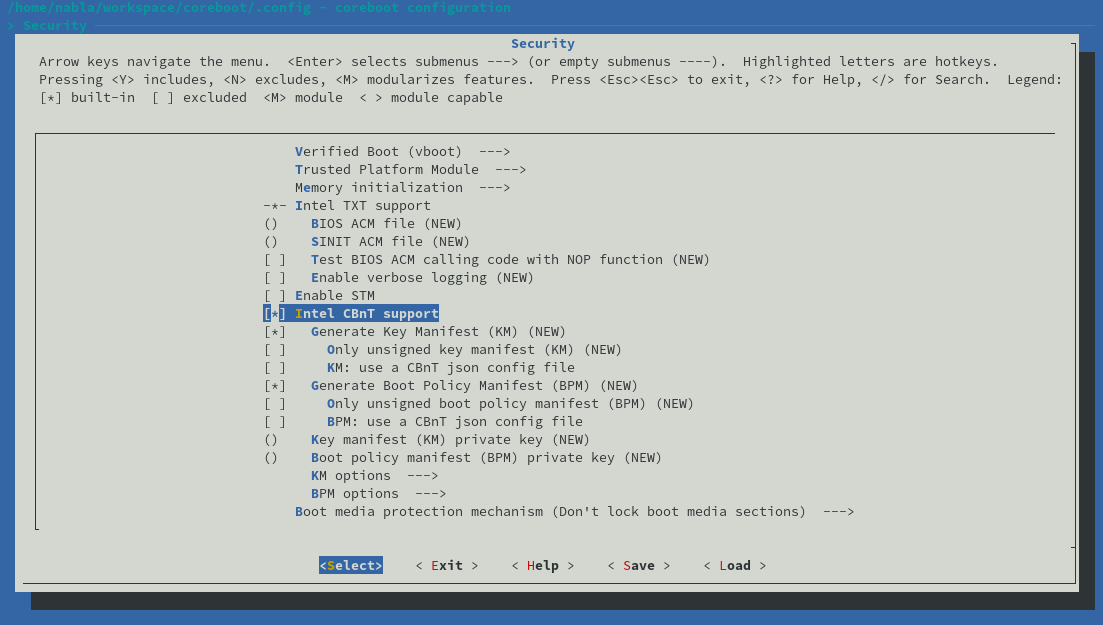We are happy to announce that the Converged Security Suite got some major updates and arrived at release version 2.6.0. Not only does this release provide new features, but also comes with a new look! Thanks to the design team at 9elements.com we do have our own logo now.

Some time ago we renamed the TXT-Suite to Converged Security Suite in order to cover more than just Intel Trusted Execution Technology. Now we are making the first step into this direction by releasing the new cbnt-prov tool as part of the 9elements CSS.
We here at new 9elements are passionate about security and open-source firmware - and we had the chance to enable Intel Converged Boot Guard and TXT on coreboot-based platforms. Our development platform was the new OCP Deltalake from Facebook, which has been presented on the OCP Virtual Summit 2020.
Intel Converged Boot Guard and TXT
Intel introduced CBnT as an addition to the already present Intel Trusted Execution Technology and Intel Boot Guard. The plan was to merge both technologies together into one - namely CBnT.
Intel does rely on so called Authenticated Code Modules (ACMs) which get executed by the CPU, and are signed by Intel - so that only Intel-signed ACMs can run a very specific set of CPUs.
Prior to CBnT, there have been two seperate ACMs for either Bootguard or TXT - However with CBnT Intel merged both ACMs together such that there are now two types of ACMs; The Startup ACM and the SINIT ACM. The Startup ACM does establish the Static Root of Trust, where as the SINIT ACM does empower the Dynamic Root of Trust. In the previous version of Intel TXT, the Trust Anchor was the TPM. Intel CBnT moves that Trust Anchor into the Intel Management Engine. In addition, the policies have been defined in the non-volatile part of the TPM, the NVRAM. With Intel CBnT, Intel introduced changes such that you now have two structures to configure Intel CBnT.
The first structure is the Key Manifest (KM). The KM closes the gap between Intel Management Engine and Firmware. On one hand, the KM contains a hash of the public key with which the second structure, the Boot Policy Manifest (BPM) has been signed - to validate that only BPMs signed with a certain private key are deemed to be valid. On the other hand, the KM itself is also signed - and the hash of the public key of the KM signing key is burned into the ME.

CBnT-Prov Tooling
The newly introduced cbnt-prov tooling can be used to generate and sign the Key Manifest and the Boot Policy Manifest for Intel CBnT. It can also generate the keys needed for signing the manifests, and stitching them back into the firmware. The cbnt-prov tooling is firmware agnostic - it does not care if you use UEFI or open-source firmware like coreboot. It works with any firmware as long as the firmware respects the Intel CBnT and FIT specification.
Extensive Documentation on how to build and use the cbnt-prov tooling can be found here. We do also landed a couple of patches to integrate this tooling directly into the coreboot toolchain, such that one can seamlessly build coreboot with CBnT support enabled - all needed structure can automatically be generated through buildchain - or optionally one can hand in just the binaries. This enables customer to take full control over the CBnT Provisioning process with open-source code - transparent and open.
coreboot Support
As mentioned earlier, we did land a couple of patches to integrate CBnT into coreboot - not only the CBnT Technology itself, but also the KM and BPM can be generated through the toolchain.

In the coreboot > Security menu, one can not enable Intel CBnT Support. Once enabled, the user needs to point to the Startup- and S-ACM location, and needs to define if the KM, BPM should be either generated, optionally signed, or if the user hands in binaries.

Once the user defined KM and BPM options, the coreboot toolchain will build, sign and integrate the KM and BPM structures automatically into the coreboot firmware image - easy!
Why Open-Source Tooling Matters
The Converged Bootguard and TXT (CBnT) Technology is the backbone of your firmware security. It secures what is under your control - the first code that runs on the platform, the so called Initial Boot Block (IBB) and builds up the chain-of-trust for your hardware. Based on the measurements takes by your firmware and the CBnT technology, your security models decides if the machine is trusted or not. And the structures defining those parameters are placed in the KM and the BPM.
A wrongly configured KM and BPM can either brick your machine so that your infrastructure does not boot up anymore - or even worse can introduce security flaws which open up an attack window. Thus the owner of the machine should have full control of what should be configured on the machine and even more important have the ability to check what has been configured - to verify the correctness of the applied configuration.
These goals can only be achieved through open-source tooling - to give the owner of the hardware full transparency on what has been configured, and the ability to configure the machine to their needs.
Get Involved
The tooling can be found in our repo here: https://github.com/9elements/converged-security-suite/
We are currently working on a CBnT Testsuite and BootGuard Provisioning - so expect more updates here soon!
Do you need help with your firmware project? Or want to talk about firmware security with us? Contact us!

